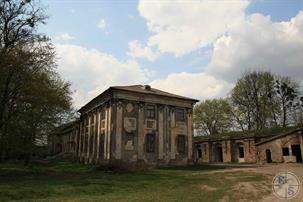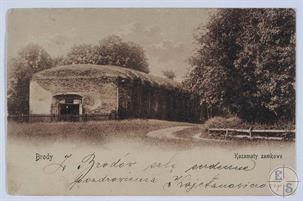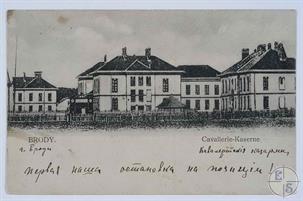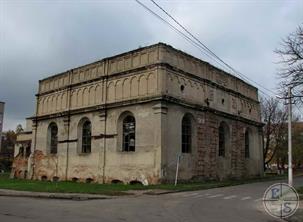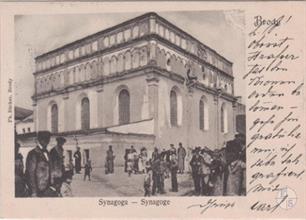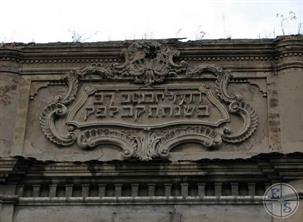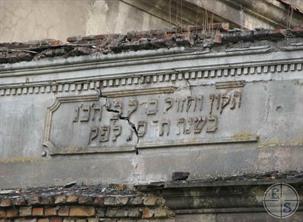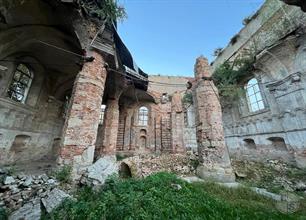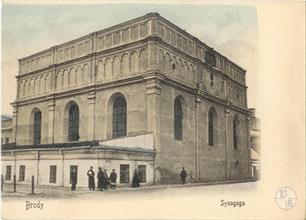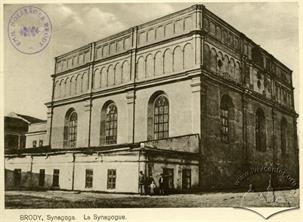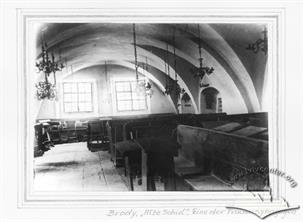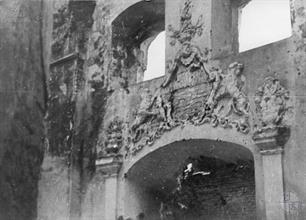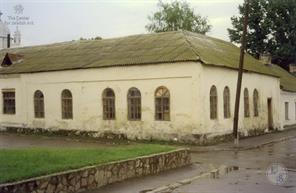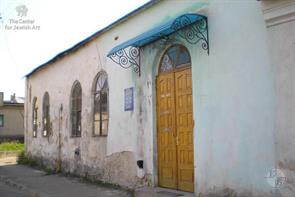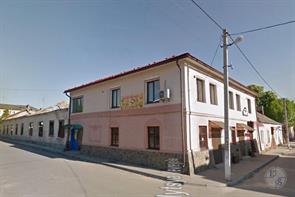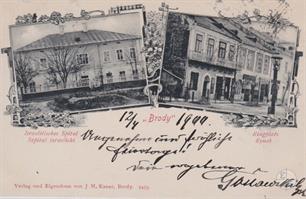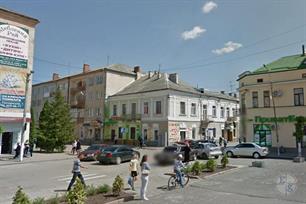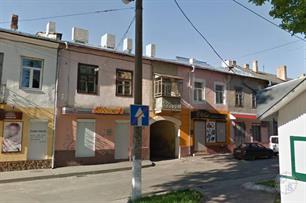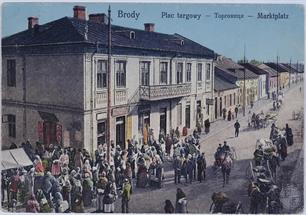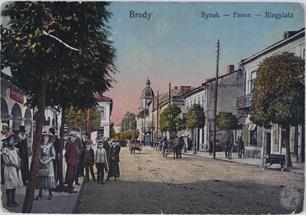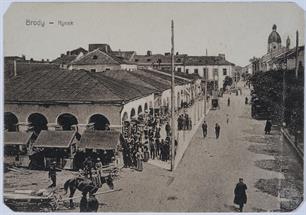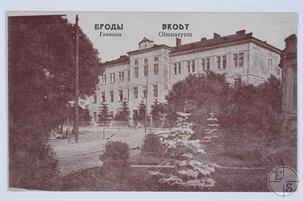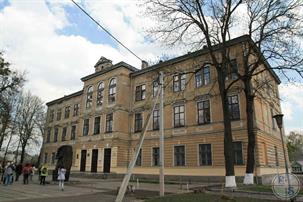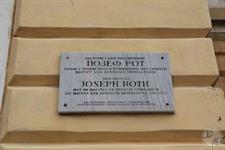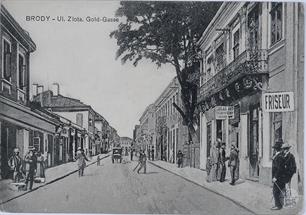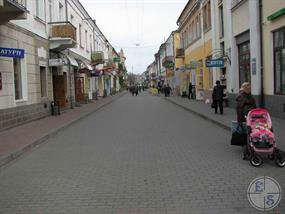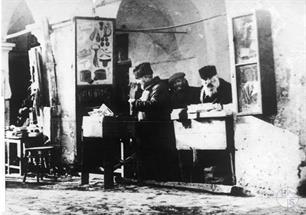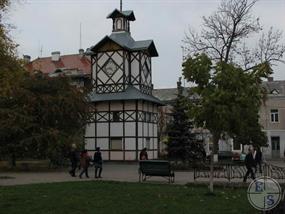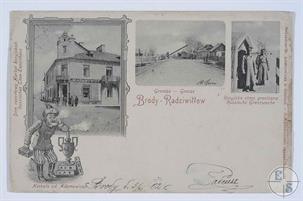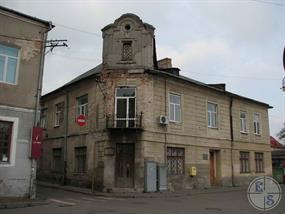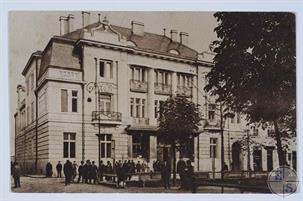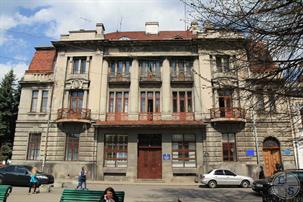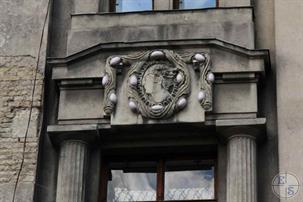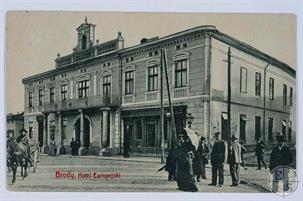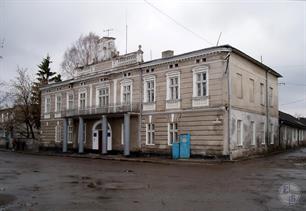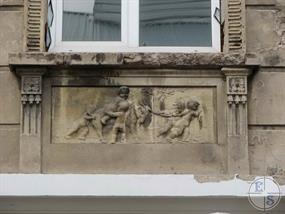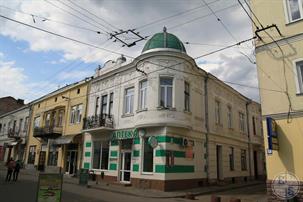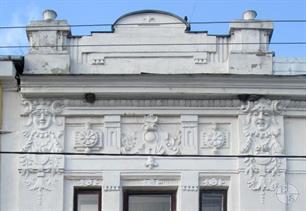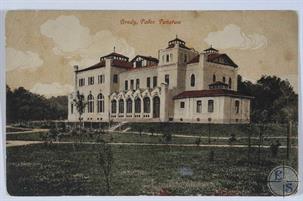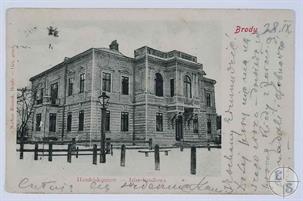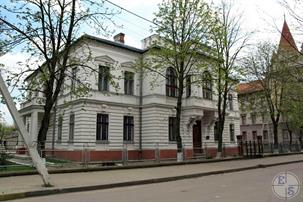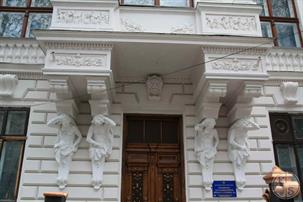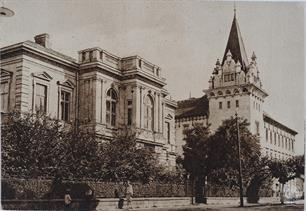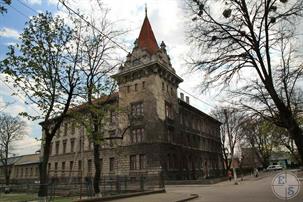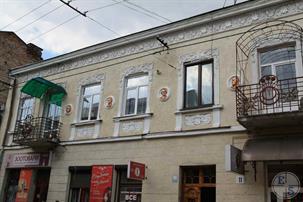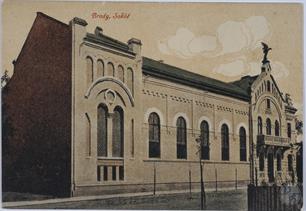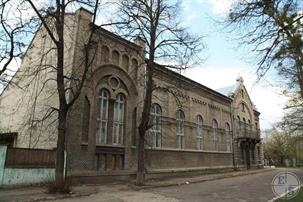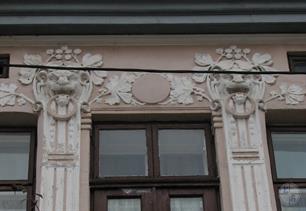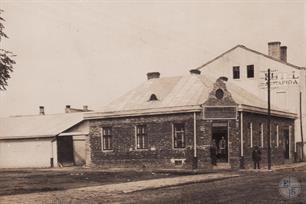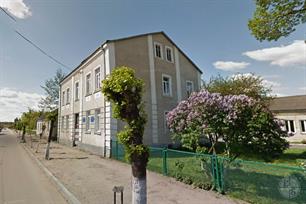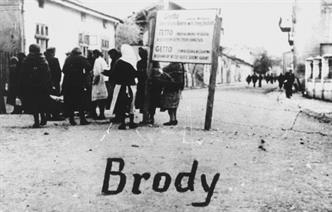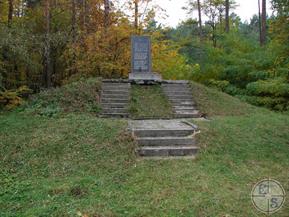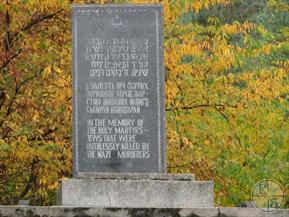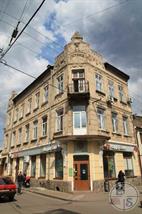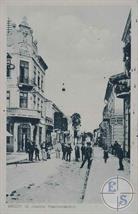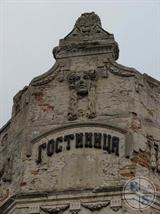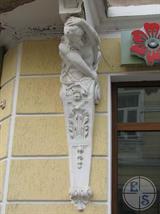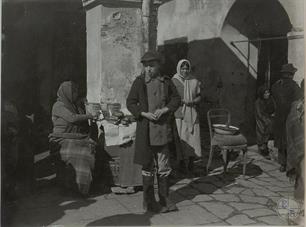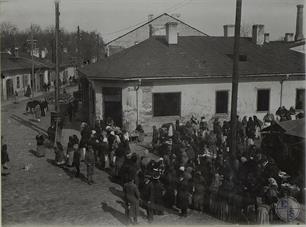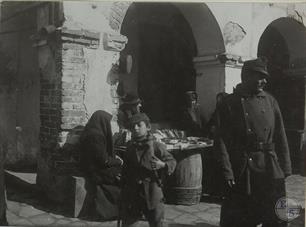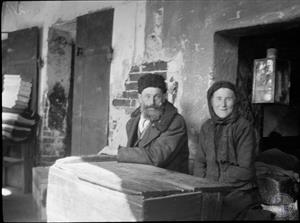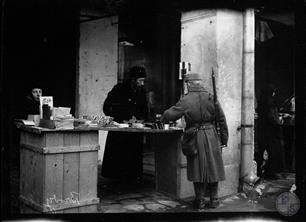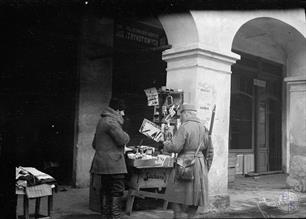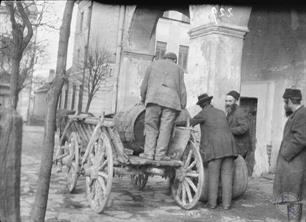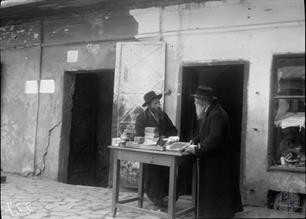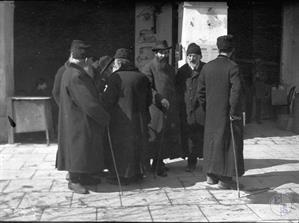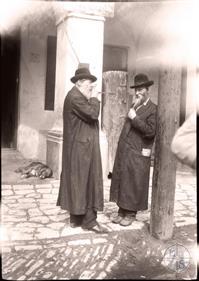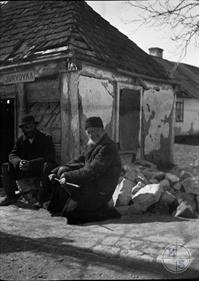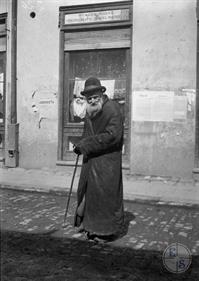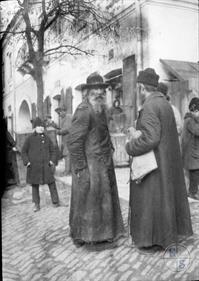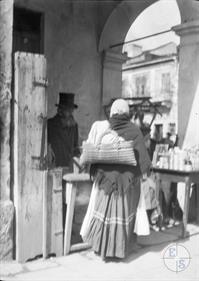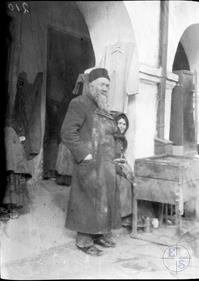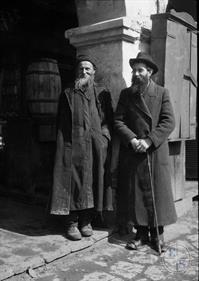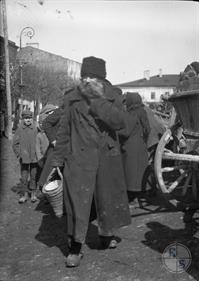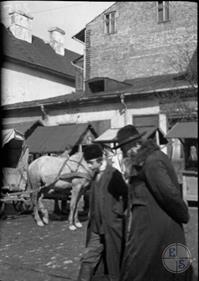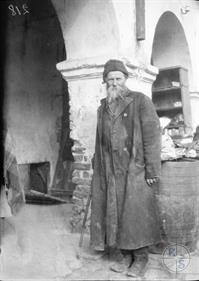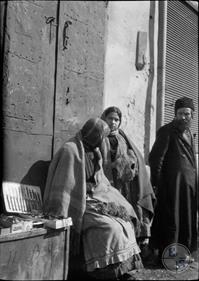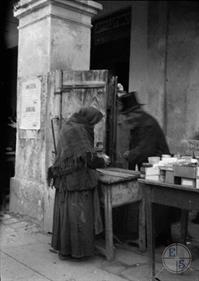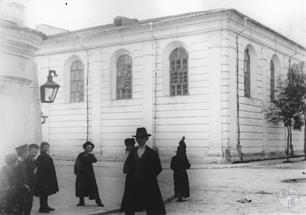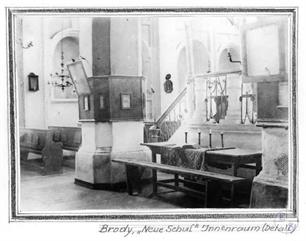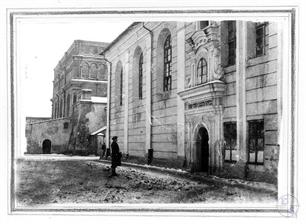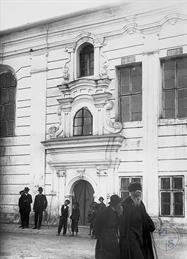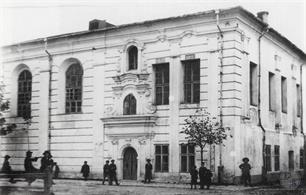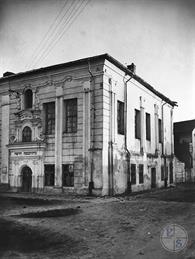Brody
Zolochiv district, Lviv region
Sources:
- Pinkas Hakehillot Polin: Encyclopedia of Jewish Communities, Poland, Volume II, published by Yad Vashem, Jerusalem.
- Russian Jewish encyclopedia
- Virtual Shtetl. Brody
- Jewish Cemeteries Initiative. Brody Jewish Cemetery
Photo:
- Eugene Shnaider
- Vitaliy Kamozin
- Claudia Erdheim, Das Stetl. Galizien und Bukowina 1890–1918. Album Verlag, Wien 2008
- Center for Jewish art. Brody
- Biblioteka Narodowa Polona. Brody
- Hummus. Ethnographic pictures from the archive of the Austro-Hungarian army
- Richard Benno Adam (1914-1916), State archives of Bavaria. Published by Vasyl Strilchuk in the groupe Brody: history in photos
- Pinkas Hakehillot Polin: Encyclopedia of Jewish Communities, Poland, Volume II, published by Yad Vashem, Jerusalem.
- Russian Jewish encyclopedia
- Virtual Shtetl. Brody
- Jewish Cemeteries Initiative. Brody Jewish Cemetery
Photo:
- Eugene Shnaider
- Vitaliy Kamozin
- Claudia Erdheim, Das Stetl. Galizien und Bukowina 1890–1918. Album Verlag, Wien 2008
- Center for Jewish art. Brody
- Biblioteka Narodowa Polona. Brody
- Hummus. Ethnographic pictures from the archive of the Austro-Hungarian army
- Richard Benno Adam (1914-1916), State archives of Bavaria. Published by Vasyl Strilchuk in the groupe Brody: history in photos
The first mention of a settlement on the site of Brody is dated 1084.
Brody was granted Magdeburg town rights by Polish King Stephen B?thory by virtue of a privilege issued in Lublin on 22 August 1584. It was named Lubicz after the Lubicz coat of arms of the founder, Stanislaw Zholkiewski, one of the most accomplished military commanders in Polish history (not to be confused with Lubech, Lubecz). The king also set up three annual fairs.
These privileges were confirmed by King Sigismund III Vasa in 1597 at the Warsaw Sejm. Already in documents from 1598 the city appeared under the name Brody. It was a private town of the Polish Crown, owned by houses of Zholkiewski, Koniecpolski and Potocki.
As a result of the First Partition of Poland, in 1772, Brody became a part of Habsburg Empire (from 1804 the Austrian Empire).
In 1919, Brody became part of the Second Polish Republic. It was the site of a battle during the Polish-Soviet War of 1920[8] and heavy destruction by both Polish and Russian forces, and is described extensively in stories of the Red Cavalry by famous Jewish writer Isaac Babel.
After the Soviet invasion of Poland, during World War II, in September 1939, Brody was occupied by the Red Army. After the war the town became part of the Ukrainian SSR.
Brody was granted Magdeburg town rights by Polish King Stephen B?thory by virtue of a privilege issued in Lublin on 22 August 1584. It was named Lubicz after the Lubicz coat of arms of the founder, Stanislaw Zholkiewski, one of the most accomplished military commanders in Polish history (not to be confused with Lubech, Lubecz). The king also set up three annual fairs.
These privileges were confirmed by King Sigismund III Vasa in 1597 at the Warsaw Sejm. Already in documents from 1598 the city appeared under the name Brody. It was a private town of the Polish Crown, owned by houses of Zholkiewski, Koniecpolski and Potocki.
As a result of the First Partition of Poland, in 1772, Brody became a part of Habsburg Empire (from 1804 the Austrian Empire).
In 1919, Brody became part of the Second Polish Republic. It was the site of a battle during the Polish-Soviet War of 1920[8] and heavy destruction by both Polish and Russian forces, and is described extensively in stories of the Red Cavalry by famous Jewish writer Isaac Babel.
After the Soviet invasion of Poland, during World War II, in September 1939, Brody was occupied by the Red Army. After the war the town became part of the Ukrainian SSR.
The first Jews came to Brody when hetman Koniecpolski took the town over. Armenians, Flemish people (weavers), Turks, and Greeks followed their footsteps. Thanks to the foreigners it was possible to manufacture oriental fabrics (especially carpets and tents) in Brody (until the second half of the 18th century).
Stanisław Koniecpolski died and was buried in Brody in 1646. Two years later, Bohdan Khmelnytsky’s troops burnt the town down, but did not manage to capture a fortress. Several years later, the fortress was not captured by the Turks, either.
In the 1670s the town became a property of the Sobieskis, and at the beginning of 18th century – of the Potockis. In the first half of 18th century, Brody was devastated by the Russian and Saxon armies, and, in addition, by a great fire of the town center. The town was quickly rebuilt, i.a., thanks to the activity of Jewish merchants, who did not have any competition as the Armenians left the town in 1749. Since then Brody became one of the most important Jewish cities in Galicia.
Stanisław Koniecpolski died and was buried in Brody in 1646. Two years later, Bohdan Khmelnytsky’s troops burnt the town down, but did not manage to capture a fortress. Several years later, the fortress was not captured by the Turks, either.
In the 1670s the town became a property of the Sobieskis, and at the beginning of 18th century – of the Potockis. In the first half of 18th century, Brody was devastated by the Russian and Saxon armies, and, in addition, by a great fire of the town center. The town was quickly rebuilt, i.a., thanks to the activity of Jewish merchants, who did not have any competition as the Armenians left the town in 1749. Since then Brody became one of the most important Jewish cities in Galicia.
As Brody was near the Austrian – Russian border, it became an important trade center since 1779. The Austrian Emperor, Joseph II granted a “free city” title to Brody.
In the first half of the 19th century, it was a second city in Galicia after Lviv. At the same time, Brody was an important Haskalah and Chassidic center.
In 1756, a spell over a followers of frankism was casted in synagogue, and in 1772 – over Chassidim (who were also expelled from the town for a couple of years).
One of the most prominent activists of the Jewish Enlightenment in Brody was Israel Lefin, son of Moses Ha-Lewi Zamość-Lefin, a friend of Moses Mendelssohn, a founder of the German Haskalah. Israel Lefin, a disciple of Mendelssohn, settled down in Brody and continued his research there. He was an astronomer, a mathematician and a philosopher, who wrote in Hebrew.
Another adherent of Haskalah from Brody was Isaac Erter, a Polish-Jewish satirist, who also wrote his satires in Hebrew. He was popular among the poor Jews for supporting them financially. He was a friend of the greatest exponents of Haskalah in Galicia: Salomon Juda Rappaport (the first rabbi of the Jewish Enlightenment in Tarnopol) and Nachman Krochmal (a philosopher, a historian and a theologian, born in Brody, but afterwards lived in Żуłkwia and Tarnopol).
Erter died in 1851 in Brody.
Dow Ber Blumenfeld and Joshua Heshel Schorr are another representatives of this movement in Brody. Thanks to Haskalah, the Jewish Realschule was founded in 1815.
Haskalah of Brody influenced some parts of Russia, as well. Its members were related with the German culture, and that is why Brody was assumed to be the most Germanized town in Galicia.
In the first half of the 19th century, it was a second city in Galicia after Lviv. At the same time, Brody was an important Haskalah and Chassidic center.
In 1756, a spell over a followers of frankism was casted in synagogue, and in 1772 – over Chassidim (who were also expelled from the town for a couple of years).
One of the most prominent activists of the Jewish Enlightenment in Brody was Israel Lefin, son of Moses Ha-Lewi Zamość-Lefin, a friend of Moses Mendelssohn, a founder of the German Haskalah. Israel Lefin, a disciple of Mendelssohn, settled down in Brody and continued his research there. He was an astronomer, a mathematician and a philosopher, who wrote in Hebrew.
Another adherent of Haskalah from Brody was Isaac Erter, a Polish-Jewish satirist, who also wrote his satires in Hebrew. He was popular among the poor Jews for supporting them financially. He was a friend of the greatest exponents of Haskalah in Galicia: Salomon Juda Rappaport (the first rabbi of the Jewish Enlightenment in Tarnopol) and Nachman Krochmal (a philosopher, a historian and a theologian, born in Brody, but afterwards lived in Żуłkwia and Tarnopol).
Erter died in 1851 in Brody.
Dow Ber Blumenfeld and Joshua Heshel Schorr are another representatives of this movement in Brody. Thanks to Haskalah, the Jewish Realschule was founded in 1815.
Haskalah of Brody influenced some parts of Russia, as well. Its members were related with the German culture, and that is why Brody was assumed to be the most Germanized town in Galicia.
Although the Chassidim were officially banished from the town, Brody was an important Chassidic center at the turn of the 18th and the 19th centuries. Until the interwar period, the local Chassidim were strongly connected to the dynasty in Bełzie. Its founder, Shalom Rokeach was born in 1781 in Brody.
For nearly 50 years, rabbi Shlomo Kluger (1789 – 1869) was a Dayan. He was called “the Maggid from Brody”. Kluger was the author of 174 religious texts. He was a strong opponent of the Haskalah. Kluger died and was buried in Brody.
In the 19th century, Jews made up 88% of the town population.
It was the biggest city with county rights in Europe with such a high percentage of Jews. 10% of all Jewish traders from Galicia lived in Brody. They owned 93% of big commercial and industrial enterprises.
Thanks to the Josephian privileges, all buildings located at the town market were brick-built at the end of the 18th century.
For nearly 50 years, rabbi Shlomo Kluger (1789 – 1869) was a Dayan. He was called “the Maggid from Brody”. Kluger was the author of 174 religious texts. He was a strong opponent of the Haskalah. Kluger died and was buried in Brody.
In the 19th century, Jews made up 88% of the town population.
It was the biggest city with county rights in Europe with such a high percentage of Jews. 10% of all Jewish traders from Galicia lived in Brody. They owned 93% of big commercial and industrial enterprises.
Thanks to the Josephian privileges, all buildings located at the town market were brick-built at the end of the 18th century.
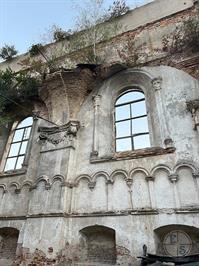 |
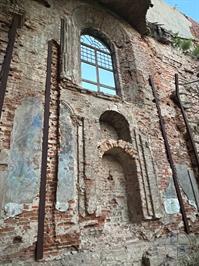 |
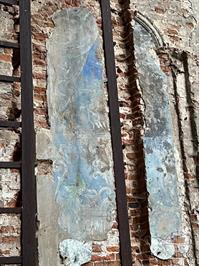 |
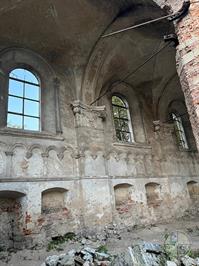 |
| Old Synagogue in Brody, 2023 | Aron kodesh | The remains of the paintings of the wall | |
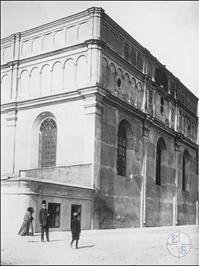 |
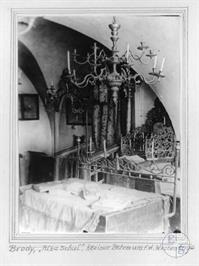 |
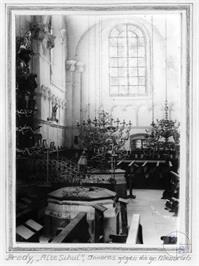 |
|
| Old Synagogue in Brody, beggining of the 20 centuty | Interior of the Old Synagogue | Interior of the Old Synagogue |
Year - Total Population - Jews
1618 - (?) - 400
1765 - (?) - 7,627
1783 - 13,609 - 11,137
1799 - 16,401 - 14,105
1820 - 18,627 - 16,392
1880 - 20,071 - 15,316
1900 - 17,361 - 11,912
1910 - 18,055 - 12,188
1921 - 10,800 - 7,202
1931 - (?) - 8,288
1618 - (?) - 400
1765 - (?) - 7,627
1783 - 13,609 - 11,137
1799 - 16,401 - 14,105
1820 - 18,627 - 16,392
1880 - 20,071 - 15,316
1900 - 17,361 - 11,912
1910 - 18,055 - 12,188
1921 - 10,800 - 7,202
1931 - (?) - 8,288
Brody was often called “Jerusalem of the Austro-Hungarian Empire,” and “Trieste on the land”. Until the second half of the 19th century, Brody was the biggest trade center in Austro – Hungary. Its significance started to decline after 1879, when it lost the status of a “free city”. Still, as a border area, Brody played an important role.
In 1881, a groups of thousands Jewish refugees came to Brody from Russia. Further, they were sent to Western Europe in special trains, and next to the United States.
At the very beginning of World War One Brody was conquered by Russian troops. The Russians initiated a pogrom of the Jews and burnt down the center of the city, because a Jewish hotel owner’s daughter was allegedly shooting at Cossacks. As it later turned out, it was invented solely for propaganda purposes. Nevertheless, the girl was executed by the Russians, who also shelled the center of the town. Finally nearly all the Jewish houses were burnt down. Due to the damages of World War Two, Brody never again recovered to its previous glory.
During interbellum, Brody was a county city forming part of the Tarnopol Province. In 1939, it was inhabited by 18,000 people, including 10,000 Jews.
In 1881, a groups of thousands Jewish refugees came to Brody from Russia. Further, they were sent to Western Europe in special trains, and next to the United States.
At the very beginning of World War One Brody was conquered by Russian troops. The Russians initiated a pogrom of the Jews and burnt down the center of the city, because a Jewish hotel owner’s daughter was allegedly shooting at Cossacks. As it later turned out, it was invented solely for propaganda purposes. Nevertheless, the girl was executed by the Russians, who also shelled the center of the town. Finally nearly all the Jewish houses were burnt down. Due to the damages of World War Two, Brody never again recovered to its previous glory.
During interbellum, Brody was a county city forming part of the Tarnopol Province. In 1939, it was inhabited by 18,000 people, including 10,000 Jews.
The majority of Jews was forced to live in the ghetto in Brody due to the Nazi German occupation. In the fall of 1942, couple of thousands local Jews were deported to the Bełzec extermination camp.
First deportation took place on 19 September 1942. According to some sources, the Germans deported about 2,800 – 4,500 people to Bełzec.
In the second deportation (2 November 1942) about 2,500 Jews were taken away from Brody; many people already knowing the truth about Bełżec, committed suicide.
After this action, a closed ghetto (encompassing Browarna and Słomiana Streets) was established. Even though it was a small area, the Germans gathered there not only the rest of the Jews from Brody, but also about 3,000 people from Sokołуwka, Łopatyna, and Olesko.
Samuel Weiler initiated a resistance movement in the ghetto. They were in touch with a Polish conspiracy movement, from which they tried unsuccessfully to get arms. Unfortunately, a mass resistance of people in the ghetto never happened.
Members of the group fled the ghetto just before it was liquidated. Their fate remains unknown.
The final liquidation of the ghetto took place in May 1943. Almost 2,500 of its residents were deported to the Sobibor extermination camp.
First deportation took place on 19 September 1942. According to some sources, the Germans deported about 2,800 – 4,500 people to Bełzec.
In the second deportation (2 November 1942) about 2,500 Jews were taken away from Brody; many people already knowing the truth about Bełżec, committed suicide.
After this action, a closed ghetto (encompassing Browarna and Słomiana Streets) was established. Even though it was a small area, the Germans gathered there not only the rest of the Jews from Brody, but also about 3,000 people from Sokołуwka, Łopatyna, and Olesko.
Samuel Weiler initiated a resistance movement in the ghetto. They were in touch with a Polish conspiracy movement, from which they tried unsuccessfully to get arms. Unfortunately, a mass resistance of people in the ghetto never happened.
Members of the group fled the ghetto just before it was liquidated. Their fate remains unknown.
The final liquidation of the ghetto took place in May 1943. Almost 2,500 of its residents were deported to the Sobibor extermination camp.
Postcards of the early 20th century from Brody were published mainly by two major publishers - Vladislav Kocian and Felix West. Both publishers have a Jewish trace.
One of the first series of postcards ordered by Vladislav Kocian was published by the Jewish publisher Leopold Weiss (the postcards have a signature W.L. Bp - Leopold Weiss, Budapest). Weiss published a large number of postcards with the views of the cities of Galicia.
Leopold Weiss died in "Titanic" in 1912.
Felix West began work in book publishing in 1863 in the Sambir Bookstore of the Jew Jan Rosenheim, and the following year continued his work in the Brody Branch of this bookstore. At the beginning of 1878 he married the daughter of Rosenheim, Felicia. In 1882, Felix West took the bookstore from his father -in -law at Zolota Street, and in 1888 also a printing house.
One of the first series of postcards ordered by Vladislav Kocian was published by the Jewish publisher Leopold Weiss (the postcards have a signature W.L. Bp - Leopold Weiss, Budapest). Weiss published a large number of postcards with the views of the cities of Galicia.
Leopold Weiss died in "Titanic" in 1912.
Felix West began work in book publishing in 1863 in the Sambir Bookstore of the Jew Jan Rosenheim, and the following year continued his work in the Brody Branch of this bookstore. At the beginning of 1878 he married the daughter of Rosenheim, Felicia. In 1882, Felix West took the bookstore from his father -in -law at Zolota Street, and in 1888 also a printing house.
The New Jewish cemetery in Brody is fantastic, this is the most beautiful Jewish cemetery in Ukraine. In addition to him, there was an Old cemetery, also with very beautiful matsevs, but it was destroyed in Soviet times.
I publish photos in a separate gallery, since there are already a lot of photos on this page.
I publish photos in a separate gallery, since there are already a lot of photos on this page.
Old & New Jewish cemeteries in Brody
Near the Old Synagogue there was a New Synagogue. This building was not preserved

- Home
- Shtetls
- Vinnytsia region
- Volyn region
- Dnipro region
- Donetsk region
- Zhytomyr region
- Zakarpattia region
- Zaporizhzhia region
- Ivano-Frankivsk region
- Kyiv region
- Kropyvnytskyi region
- Luhansk region
- Lviv region
- Mykolayiv region
- Odessa region
- Poltava region
- Rivne region
- Sumy region
- Ternopil region
- Kharkiv region
- Kherson region
- Khmelnytskyi region
- Chernihiv region
- Chernivtsi region
- Cherkasy region
- Crimea
- Synagogues
- Cemeteries
- Objects & guides
- Old photos
- History
- Contact
Jewish towns of Ukraine
My shtetl
My shtetl
Donate
Jewish towns of Ukraine
